Welcome to the world of Tetra fish, the shimmering stars of freshwater aquariums! These peaceful swimmers are a favorite among aquarists for their brilliant colors and easygoing nature, perfect for jazzing up any community tank.
Curious about how long these little dazzlers live? Tetra lifespans vary by species—some may only celebrate a few birthdays, while others can keep the party going for a decade or more!
Knowing your Tetra’s expected lifespan is crucial; it helps you provide the best care to ensure they live a full, vibrant life. Let’s explore the ideal conditions to keep your Tetra thriving and make your aquarium a splash hit!
Contents
Key Takeaways on How Long Do Tetra Fish Live?
- The lifespan of tetra fish varies depending on the species.
- Understanding the lifespan of your tetra fish is important for providing them with proper care.
- Proper care and ideal living conditions are essential for ensuring the longevity of your tetra fish.
Don’t miss out on these other top picks:
Understanding Tetra Fish

Tetra Species
Tetras are a group of small freshwater fish that belong to the Characidae family. There are over 150 species of tetras, and they are native to South America, Central America, and Africa.
Some of the most popular species of tetras include Neon Tetras, Cardinal Tetras, and Black Skirt Tetras.
Physical Appearance
Tetras are known for their vibrant colors and patterns, which make them popular in the aquarium trade. They are generally small in size, ranging from 1 to 3 inches in length.
Tetras have a streamlined body shape and a forked tail. Their fins are often brightly colored and can be long and flowing or short and stubby.
Behavior
Tetras are social fish and should be kept in groups of at least 6 to 8 individuals. They are peaceful and can be kept with other non-aggressive fish.
Tetras are also active swimmers and enjoy swimming in schools. They prefer a well-planted aquarium with plenty of hiding places.
Lifespan of Tetra Fish
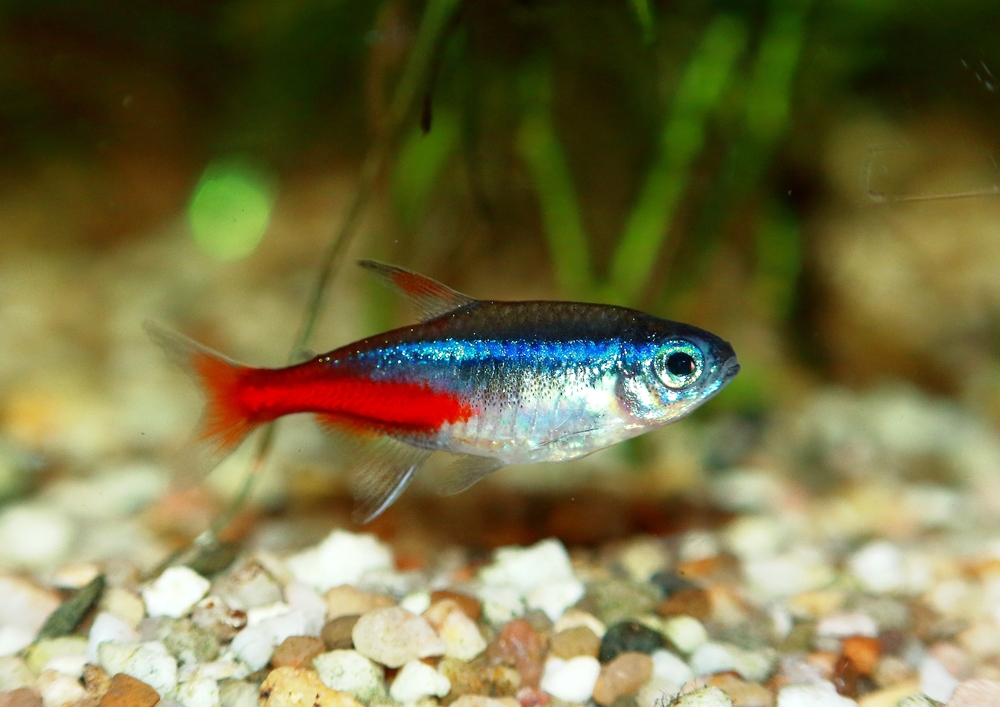
Lifespan in Captivity
Tetra fish are popular among aquarium enthusiasts. These fish are known for their vibrant colors and peaceful nature. The lifespan of tetra fish in captivity can vary depending on the species and the conditions in which they are kept.
On average, tetra fish can live for 3-5 years in captivity. However, with proper care and a healthy diet, some species of tetra fish can live up to 10 years.
To ensure a long and healthy lifespan for tetra fish in captivity, it is important to provide them with a suitable environment. This includes a well-maintained aquarium with proper filtration, water temperature, and pH levels.
A healthy diet that includes a variety of foods such as flakes, pellets, and live or frozen foods can also help to keep tetra fish healthy and extend their lifespan.
Lifespan in Natural Habitat
Tetra fish are native to South America and can be found in various freshwater habitats such as rivers, streams, and ponds.
In their natural habitat, the lifespan of tetra fish can vary depending on the species and the conditions in which they live. Some species of tetra fish can live for up to 7 years in the wild.
However, tetra fish in their natural habitat are also susceptible to health problems and predation. Poor water quality, pollution, and habitat destruction can also have a negative impact on the lifespan of tetra fish in the wild.
Ideal Living Conditions
Tetra fish can live up to 5 years or more if they are kept in ideal living conditions. In order to provide them with the best possible environment, here are some key factors to consider:
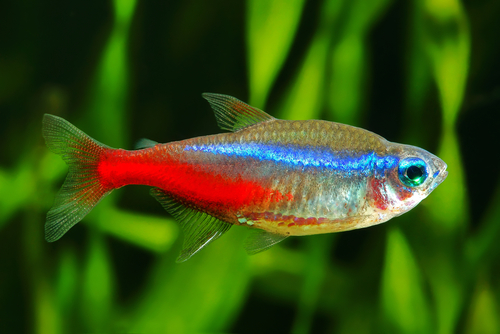
1. Aquarium Size
The size of the aquarium is important for the overall health and well-being of the tetra fish. A minimum of 10 gallons is recommended for a small group of tetras.
A larger aquarium will provide more space for the fish to swim and explore, which is important for their mental and physical health.
2. Water Temperature
Tetra fish are tropical fish and require a consistent water temperature of 75-82°F (24-28°C). It is important to use a heater to maintain the temperature within this range. Sudden changes in temperature can be stressful for the fish and can lead to illness.
3. Water Parameters
The water parameters of the aquarium should be monitored regularly to ensure they are within the appropriate range for tetra fish. The pH level should be between 6.5-7.5 and the water hardness should be between 4-8 dGH.
4. Water Conditions
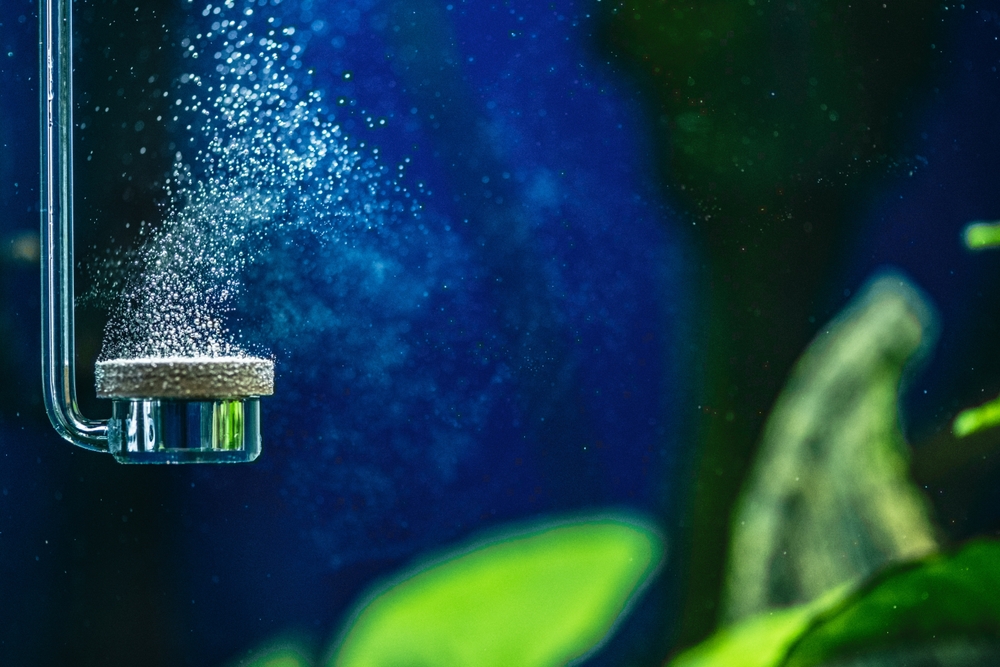
Maintaining good water conditions is crucial for the health of tetra fish. A freshwater aquarium with a good filtration system is recommended. Regular water changes of 25% every 2 weeks will help keep the water clean and healthy.
5. Community Tank
Tetra fish are social and thrive in a community tank. They are compatible with other peaceful fish such as guppies, corydoras, and platies. However, overcrowding should be avoided as it can lead to stress and disease.
By providing tetra fish with the ideal living conditions, they can live a long and healthy life.
Dietary Requirements
Tetra fish are omnivores, meaning they require a mix of both plant and animal-based foods to maintain a balanced diet.
In the wild, they typically feed on small insects, crustaceans, and algae. In captivity, it is essential to provide them with a varied diet that meets their nutritional needs.
The primary component of a tetra’s diet is flake food. High-quality flake food provides a balanced mix of protein, vitamins, and minerals. It is important to choose a flake food that is specifically formulated for tetras.
In addition to flake food, tetras also benefit from live food such as bloodworms, brine shrimp, and daphnia. These live foods provide additional nutrients and help to vary their diet.
Live food can be purchased frozen or live and should be fed sparingly, as they can be high in fat.
It is important to note that tetras have a small stomach, so it is best to feed them small portions several times a day rather than one large meal. Overfeeding can lead to health problems and water quality issues in the aquarium.
Health and Diseases

Tetra fish are generally hardy and disease-resistant, but they are still susceptible to various health problems. Proper care and maintenance can help prevent most illnesses and diseases.
1. Stress
Stress is a common problem for tetra fish, and it can weaken their immune system and make them more susceptible to diseases.
Stress can be caused by various factors, such as poor water quality, overcrowding, aggressive tank mates, and sudden changes in water temperature or pH.
To minimize stress, tetra fish should be kept in a suitable environment with clean and well-maintained water. They should also be provided with enough space and hiding places to reduce aggression and territorial behavior.
2. Ich
Ich is a common parasitic disease that can affect tetra fish. It is caused by a protozoan parasite that attaches itself to the skin and fins of the fish, causing white spots and itching.
Ich can be treated with various medications, but prevention is the best approach. Maintaining good water quality and avoiding stress can help prevent ich and other parasitic diseases.
3. Fin Rot
Fin rot is a bacterial disease that can affect tetra fish, causing the fins to become ragged and frayed. It is usually caused by poor water quality, overcrowding, or injury.
Fin rot can be treated with antibiotics and regular water changes, but prevention is again the best approach. Keeping the water clean and well-maintained, avoiding overcrowding, and providing a healthy diet can help prevent fin rot and other bacterial diseases.
4. Regular Maintenance
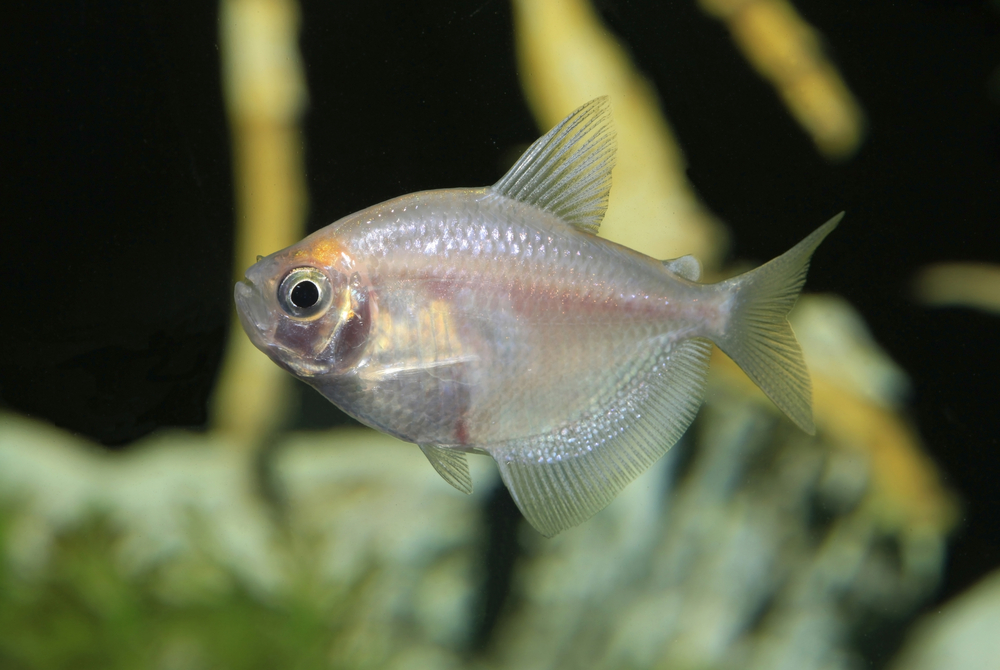
Regular maintenance is essential for the health and well-being of tetra fish. This includes regular water changes, monitoring water parameters, cleaning the tank and equipment, and providing a healthy diet.
It is also important to observe the fish regularly for any signs of illness or disease, such as changes in behavior, appetite, or appearance. Early detection and treatment can help prevent the spread of diseases and minimize their impact on the fish.
Tetra Fish in the Community
Tetra fish are a popular choice for community tanks due to their peaceful and friendly nature. They are known to be hardy fish that can adapt to a variety of water conditions, making them an ideal choice for beginners and experienced fish keepers alike.
In a community tank, tetras can coexist with a variety of tank mates, including other peaceful fish such as guppies, platies, and corydoras.
However, it is important to avoid pairing them with aggressive or territorial fish, as tetras are known to be easily intimidated and may become stressed or injured in such situations.
When kept in a community tank, tetras tend to form schools and will swim together in a coordinated manner. This behavior can be quite mesmerizing to watch and can add a unique element to any aquarium.
Water Quality and Maintenance
Maintaining proper water quality is essential for the long-term health and longevity of tetra fish. Poor water quality can lead to stress, disease, and even death. Here are some key factors to consider when it comes to water quality and maintenance:
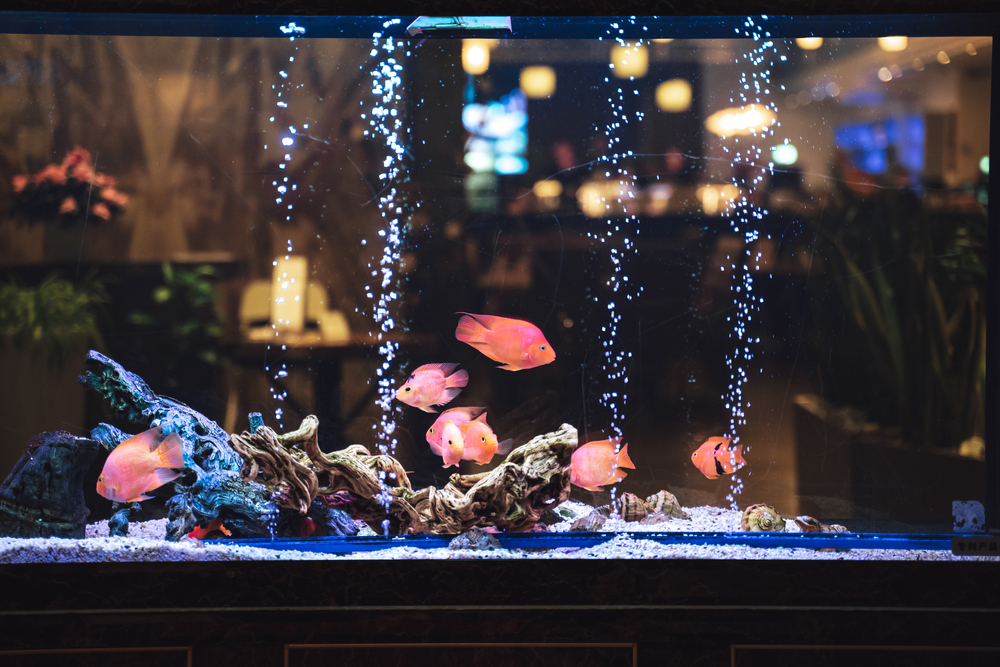
Ammonia, Nitrite, and Nitrate Levels
Ammonia and nitrite are toxic substances that can build up in the aquarium if not properly managed. These substances are produced by fish waste, uneaten food, and other organic matter.
Nitrate, on the other hand, is a less toxic substance that is produced as a byproduct of the nitrogen cycle.
To keep ammonia and nitrite levels in check, it is important to have a good filtration system in place. A filter helps to remove these substances from the water before they can harm the fish. Nitrate levels can be managed through regular water changes.
Water Changes
Regular water changes are an important part of maintaining good water quality. A partial water change of 25% to 50% every week is recommended for most aquariums.
During a water change, it is important to use a siphon to remove debris and waste from the gravel or substrate.
Filtration System
A good filtration system is essential for maintaining healthy water conditions. A filter should be sized appropriately for the aquarium and should be able to handle the bioload of the fish. It is important to clean the filter regularly to prevent it from becoming clogged with debris.
Oxygenation
Tetra fish require a well-oxygenated environment to thrive. An air pump can be used to increase oxygen levels in the water. In addition, live plants can also help to oxygenate the water.
Water Cleanliness
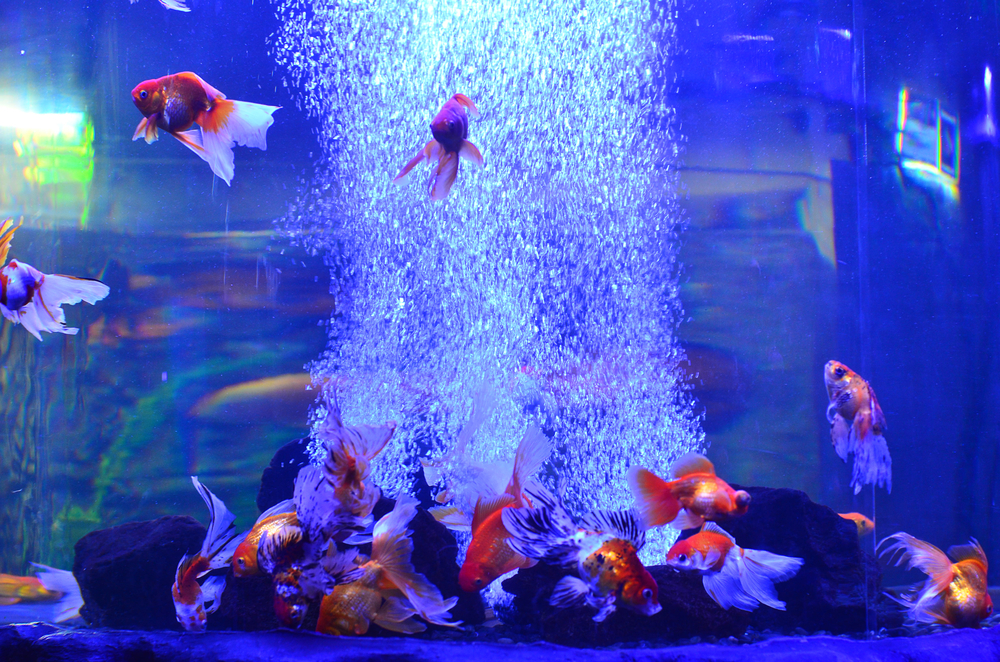
Keeping the aquarium clean is essential for maintaining good water quality. In addition to regular water changes, it is important to remove any uneaten food or debris from the aquarium. A gravel vacuum can be used to remove debris from the substrate.
Other Notable Tetra Fish Characteristics
Aside from their lifespan, there are several other notable characteristics of tetra fish. These include their size, coloration, natural habitat, and behavior in captivity.
Tetra fish come in a variety of sizes, with some species reaching only one inch in length while others can grow up to six inches.
The cardinal tetra, for example, is a small species that typically grows to be around 1.5 inches long, while the Congo tetra can reach up to four inches in length.
Many tetra fish are known for their vibrant coloration, with some species displaying bright red, green, or yellow hues. The neon tetra, for example, is famous for its bright blue and red stripes, while the green neon tetra has a bright green stripe running down its body.
In their natural habitat, tetra fish are found in tropical regions of South America and Africa. They typically inhabit slow-moving rivers, streams, and lakes, where they can find plenty of hiding places among plants and other structures.
When kept in captivity, tetra fish require a well-maintained aquarium with plenty of hiding places and toys to keep them stimulated. It’s also important to monitor the temperature of the water, as many tetra species prefer warmer water temperatures.
Finally, tetra fish are often kept in aquariums alongside other species, such as corydoras catfish. While they are generally peaceful, it’s important to provide plenty of hiding places and space for each species to prevent aggression and territorial disputes.
Frequently Asked Questions
What is the average lifespan of tetra fish in an aquarium?
The average lifespan of tetra fish in an aquarium is around 2 to 5 years. However, this can vary depending on the species of tetra fish, the quality of care provided, and the tank conditions.
How long do tetra fish live in the wild?
In the wild, tetra fish can live up to 8 years. However, their lifespan can be affected by various factors such as predators, water quality, and availability of food.
Which type of tetra fish lives the longest?
The Emperor Tetra is known to have the longest lifespan among tetra fish. They can live up to 8 years in the right conditions.
How many tetras should be kept together in a tank?
Tetra fish are social creatures and should be kept in groups of at least 6 to 8 individuals. However, the size of the tank should also be taken into consideration when determining the number of tetras to keep together.
Can neon tetras survive without food for an extended period of time?
No, neon tetras cannot survive without food for an extended period of time. They require a regular and balanced diet to maintain their health and wellbeing.
What is the lifespan of Black Tetras?
Black Tetras have an average lifespan of 3 to 5 years in an aquarium. However, with proper care and a suitable environment, they may live longer.
How do water conditions affect Tetra health and lifespan?
- Water quality is crucial for maintaining Tetra health. They require clean, well-oxygenated water with ammonia and nitrite levels kept at zero, and nitrate levels controlled below 20 ppm. Regular water changes (25-50% weekly), proper filtration, and monitoring of water parameters (pH, hardness, temperature) are vital. Poor water quality can stress the fish, leading to lower immunity and increased susceptibility to diseases like Ich and Fin Rot, which can significantly shorten their lifespan.
What are the signs of stress in Tetras, and how can it be minimized?
- Signs of stress in Tetras include erratic swimming, hiding, reduced appetite, and physical changes like color fading and fin clamping. Stress can be caused by poor water quality, inappropriate tank mates, inadequate diet, or environmental changes (e.g., loud noises, high traffic areas). To minimize stress, maintain optimal water conditions, provide a balanced diet, and ensure a peaceful tank environment with suitable companions and ample hiding spots. Regular monitoring and gentle handling during tank maintenance also help keep stress levels low, promoting a healthier, longer life for Tetras.

Ian Sterling, founder of Fishlab.com, began his aquarium journey over 30 years ago, driven by a deep fascination for fish and their diverse personalities. His website, Fishlab.com, is dedicated to making fishkeeping accessible and enjoyable, offering beginner-friendly guidance, expert insights, and a community for aquarists to connect and share experiences.


